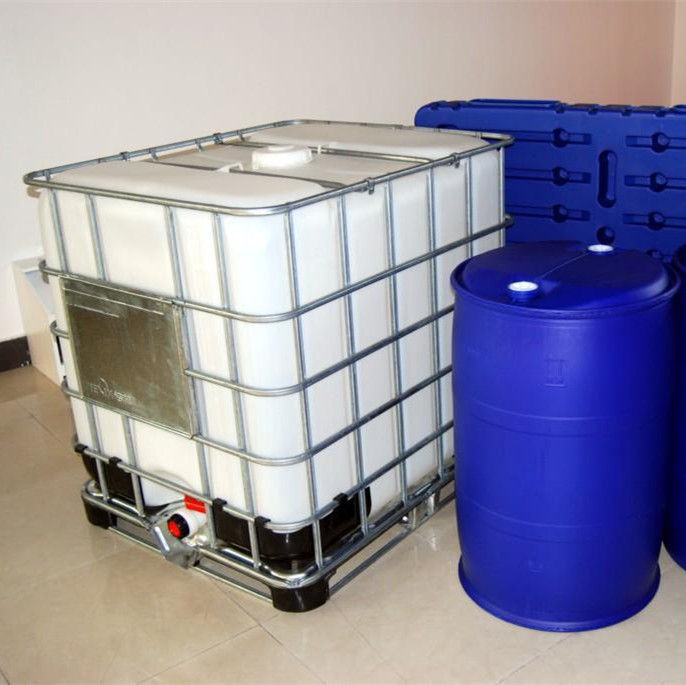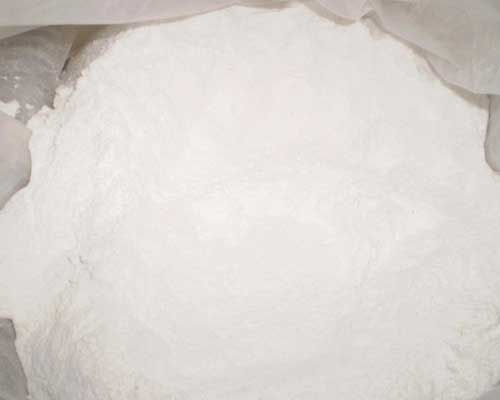Warning of STPP Uses In Food
- blog4774
- Dec 1, 2020
- 2 min read
You might be paying more for seafood that contains stpp food additive, because it can increase the weight of the products to which it’s applied. It’s an additive—called sodium tripolyphosphate, or STPP for short—and it is used to make your seafood appear firmer, smoother and glossier. Seafood manufacturers may soak your seafood in a quick chemical bath of STPP in order to achieve these effects.
Performance In Food
STPP is used as a preservative for poultry, meat, and seafood. It is also added, along with other sodium polyphosphates, to processed cheeses as an emulsifier. The polyphosphates are negatively charged chains of phosphorus and oxygen that attract water molecules. When added to the cheese, they remove calcium from casein matrix and also bind themselves to the casein while bringing moisture with them. The effect is that the polyphosphates loosen the protein matrix helping keep the mixture emulsified and ensure even melting. This applies to other uses such as force-meats. STPP will help prevent the poultry, fish, or meat from becoming greasy and falling apart during heating.
Sodium tripolyphosphate is used for curing ham raw meat. Add No. 3 mixed salt (91.65% refined salt, 8% sugar, 0.35% sodium nitrite) 2.2kg and 85g sodium tripolyphosphate for every 100kg of meat. Pickled in 0~4℃ cold storage for 48~72h, the effect is good. Used in the production of canned broad beans to soften the skin. Many fruits and vegetables have tough skins. As the fruits and vegetables mature, the skins become tougher. Adding polyphosphates to the blanching or soaking water for fruit and vegetable processing can complex calcium, thereby reducing the toughness of the skins.
STPP May Increase The Weight of Seafood
Some of the more commonly “soaked” seafood items include scallops, shrimp and anything filleted that is very flaky—like hake, sole or imitation crab meat, Ms Logan continues. If seafood is soaked for too long in an STPP bath, it may absorb more water, which means you’ll pay more for the product by the pound because the excess water makes it weigh more. A product may have been “soaked” with STPP if a milky white liquid oozes from the fish as you cook it, and it may also deflate in size a bit.
In the process of processing and transporting frozen fish fillets, the surface is not smooth and colorless due to dripping and other reasons, while frozen fish fillets soaked in polyphosphate can make the surface smooth. When the frozen fish product melts, polyphosphate can also make the fish full, so that the melted fish will not become loose and shapeless. In the aquatic product processing industry, the most important and most extensive function of polyphosphate is its water-retention or water-holding capacity. Due to the water holding capacity of phosphate, a large amount of water can be kept in the fish body, thereby achieving the effect of increasing the weight of the fish body. If you would like to know more details about stpp chemicals, click the website link now, Chemate can give you the help.





Comments